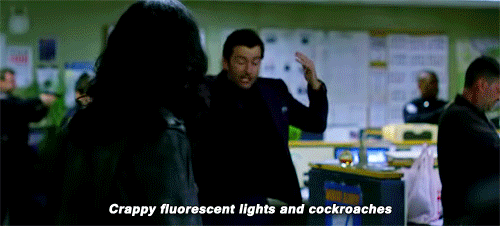Works Cited
Cavender, Gray, et al. “The construction of gender in reality crime TV.” Gender & Society, vol. 13, no. 5, 1999, p. 643+. Gender Studies Collection, http://link.galegroup.com/apps/doc/A56460855/PPGB?u=gainstoftech&sid=PPGB&xid=2305cd53. Accessed 20 Sept. 2018.
This article talks about how women are often depicted as the victims of crime. The article also analysis that these shows may also help women talk about their experiences as victims. This article shows that men ultimately made the narrative and spoke for often than the women. An important note about this article is that it is very old. The article truly offers a new perspective on whether women are actually empowered by crime television or just made out to be victims. The source appears to be trustworthy and uses a lot of other research to back up its argument. This was published in the SAGE Journals. I think I will be using this article a lot in my research paper.
Crampton, Caroline. “Why Crime Dramas are Hooked on Rape.” New Statesman 143.5192 (2014): 19. Academic Search Complete. Web. 10 Aug. 2014.
This article explores why crime drama often explores the topic of rape. The article specifically targets CSI and NCIS. This article mentions how it is hard to get through one episode of crime television without hearing about rape. This article further expands its scope by talking about Game of Thrones and how it also references rape often. The article then talks about a Danish movie that has a rape scene in the first few minutes of the movie. This article is not peer-reviewed. This article was clearly written by someone who upset about the frequent reference of women getting rapes in crime television. This article was published in NewStatesmanAmerica magazine.
Jurik, Nancy C., and Gray Cavender. “Feminist Themes in Television Crime Dramas.” Oxford Research Encyclopedia of Criminology. June 28, 2017. Oxford University Press,. Date of access 20 Sep. 2018, <http://criminology.oxfordre.com/view/10.1093/acrefore/9780190264079.001.0001/acrefore-9780190264079-e-17>
This article focused mostly on fictional crime television. This article explained how men were more likely to be shown as the criminal than women. Women were much more likely to be the victim of violence. This article was published in a reputable journal and was peer-reviewed. I felt that the article really tied to race and gender because it mentioned how white men and women were more likely to be the victim of crimes than minorities. The article also explains what a large impact television has on people’s perspectives. I felt that the article took a very scientific approach and was very unbiased. The article was also published in 2015, which is recent compared to some of my other sources. I feel that this article would be very useful in citing how Crime Television may create the narrative that women tend to be the victims of crimes.
Karen. “Gender Portrayals in Crime Dramas through the History of Television.” Karenlovestv, 18 June 2017, karenlovestv.com/2017/06/18/gender-portrayals-in-crime-dramas-through-the-history-of-television/.
This article is very informal and is a blog. The author does not mention her real name and only goes by the name Karenlovestv. The article was very informative and entertaining and included many sources, despite this I find this blog to be untrustworthy because the author has no credibility because she chooses to remain anonymous. This blog mentions that some of the issues in crime television stem from the fact that there are not enough women working backstage. She mentions that in the world of crime television older women are obsolete, and women often tend to be the victim of crimes. She also mentions that how that in crime television, there is a prevalent belief that both men have to be cops. I did feel that the author was a bit biased and maybe sacrificed accuracy for humor.
Nolan, Justin M., and Gery W. Ryan. “Fear and Loathing at the Cineplex: Gender Differences in Descriptions and Perceptions of Slasher Films.” Sex Roles, vol. 42, no. 1, 2000, pp. 39-56. ProQuest, http://prx.library.gatech.edu/login?url=https://search.proquest.com/docview/225376458?accountid=11107. This article analyzes research on gender differences in perception of slasher films.
This article is peer reviewed and is published on a trustworthy website. I will most likely not use much from this source because it talks about movies, not television shows. The article also talks about how different genders perceive slasher films. The article mentioned how women were more likely to fear reactions, while the men were more likely to have reactions of anger and frustration. However, this article could be used to give my research paper more context outside the realm of violent television shows. I personally don’t think the article will be very useful because it did not really mention much about how men and women are stereotyped on television. I do, however, feel that the approach used to do the study in the research paper was a good method of seeing the differences in gender when they viewed horror slasher films.
“Reality Crime TV: Perpetuating ‘Women-as-Victim’ Fears.” Media Report to Women, vol. 28, no. 3, 2000, pp. 4-5. ProQuest, http://prx.library.gatech.edu/login?url=https://search.proquest.com/docview/210169431?accountid=11107. This article looks at the show Cops.
This article deals with intersectionality and mentioned how race also affected who the criminals and victims were. The article mentioned how the cops were almost always white males. I felt that the article took a very scientific approach and was very unbiased. The article mentioned how no minority women were given important roles in the show. This article shows how crime-based reality television further enforces people’s gender and racial stereotypes. I really found this sources useful and will felt that it did an excellent job of dissecting the show Cops. I felt that the article really tied in race and gender. This article could be used to compare the portrayal of women in crime television to the portrayal of other minorities. This article was published in a reputable journal and was peer-reviewed.

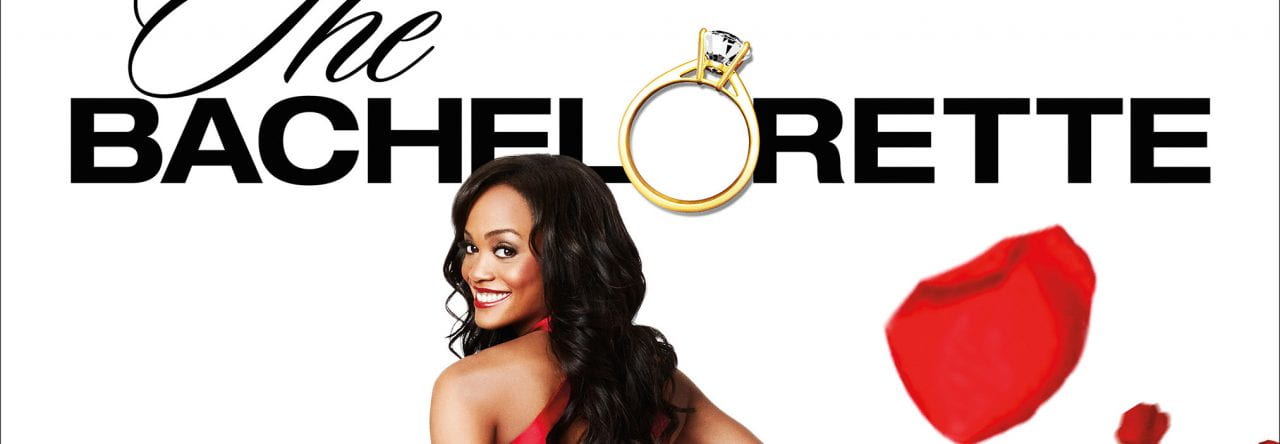


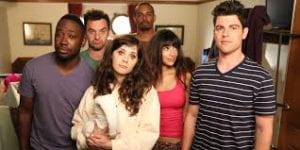
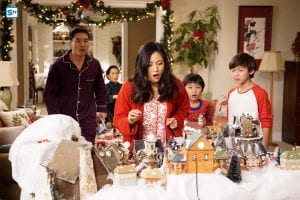
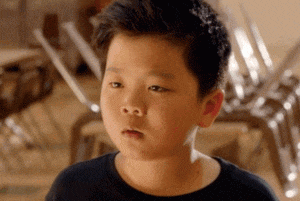
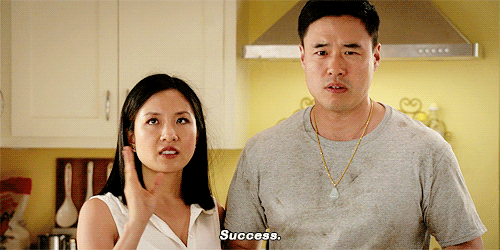

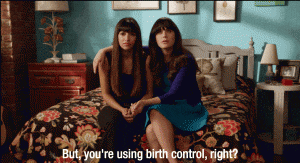
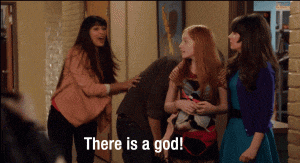
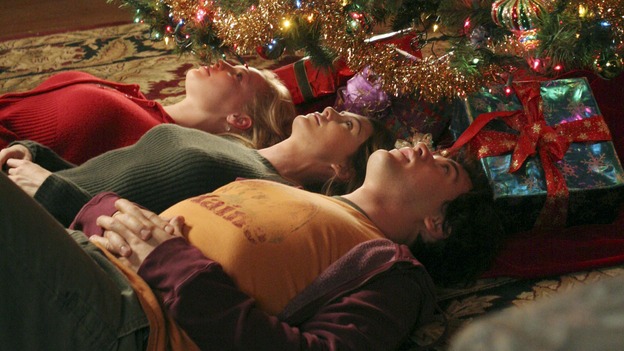
 other comic characters and heroes. There is also the part where Jessica Jones was made to be apart of the Marvel Defenders saga where she is only one of 4 stories or shows that are made and eventually lead to the Defenders TV show/fighting force. So basically a huge part of the underlying plot points going throughout the show is working Jones in with the other characters that she is destined to meet.
other comic characters and heroes. There is also the part where Jessica Jones was made to be apart of the Marvel Defenders saga where she is only one of 4 stories or shows that are made and eventually lead to the Defenders TV show/fighting force. So basically a huge part of the underlying plot points going throughout the show is working Jones in with the other characters that she is destined to meet.

